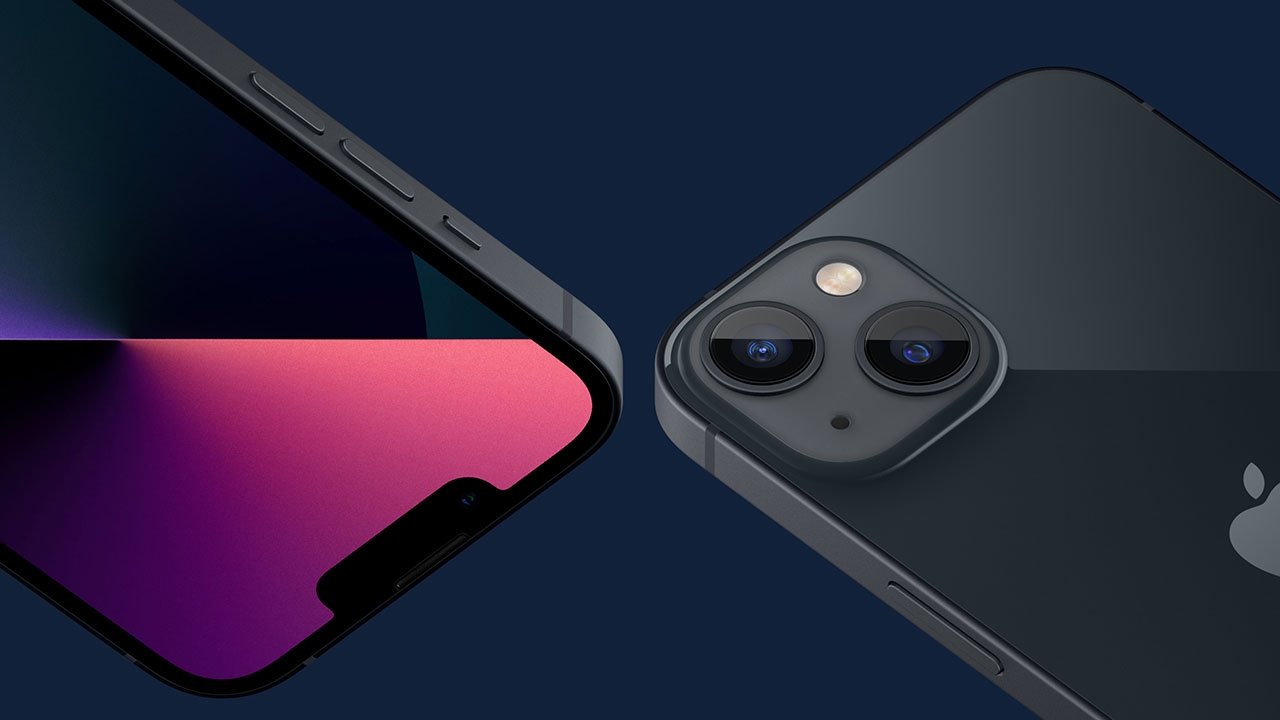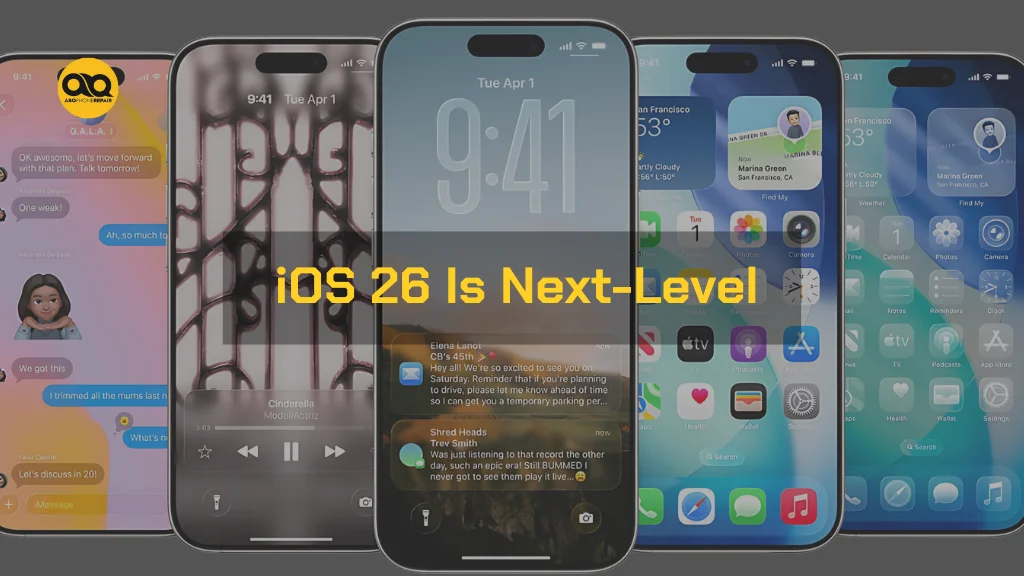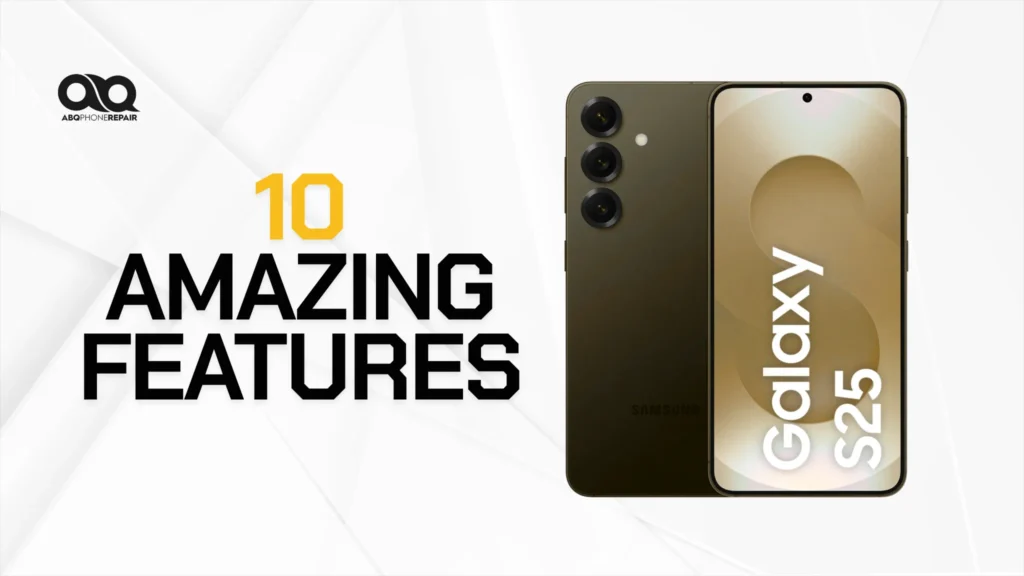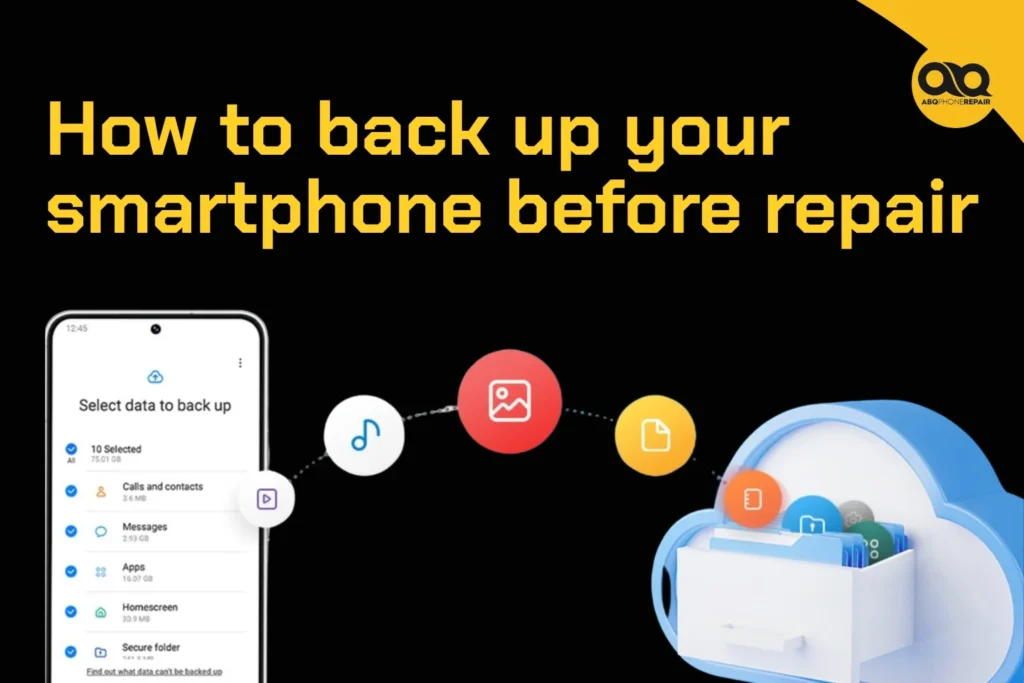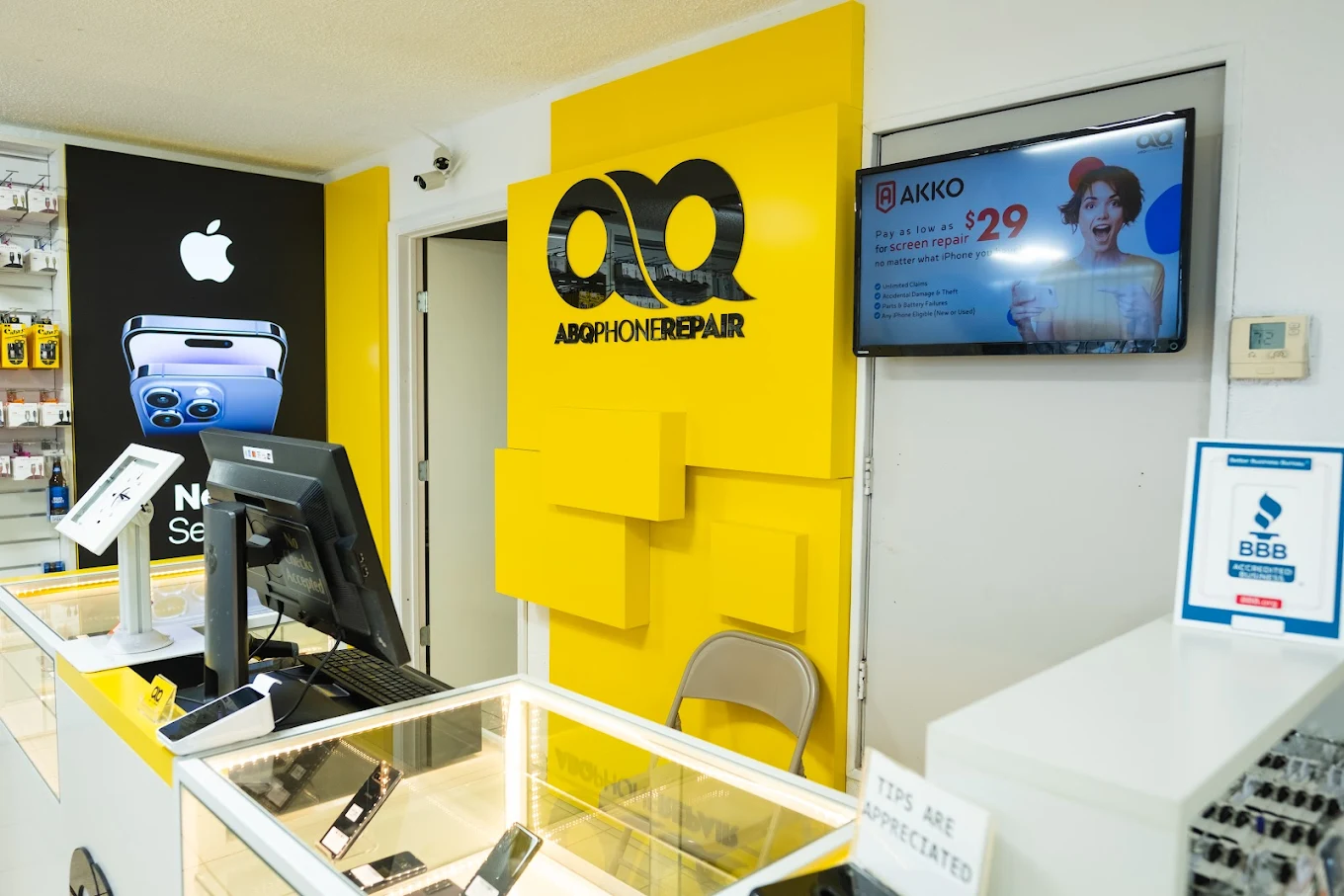The Science Behind Apple’s Glass Back
1. Wireless Charging Efficiency
One of the primary reasons iPhones have a glass back is wireless charging compatibility. Unlike metal, glass allows for efficient electromagnetic energy transfer, which is critical for technologies like MagSafe and Qi wireless charging.
📊 Studies show that glass increases wireless charging efficiency by up to 20% compared to aluminum, which can cause energy loss and overheating.
Expert Insight: Apple’s engineering team confirmed in multiple patent filings that metal backs interfere with inductive charging, while glass provides a seamless experience.
2. Premium Aesthetic & Market Trends
Apple markets the iPhone as a luxury device, and glass backs align with premium smartphone trends.
🔹 Competitors like Samsung and Google Pixel have also adopted glass designs to maintain a high-end look.
🔹 Surveys indicate that 65% of smartphone buyers associate glass with a more “luxurious feel.”
Alternative Materials? While plastic is more durable, it feels cheap. Metal, on the other hand, interferes with wireless charging and NFC connectivity.
3. Durability: How Strong is iPhone’s Glass?
Apple uses Ceramic Shield technology, which is 4x more resistant to drops than previous generations. The back glass, however, remains vulnerable to cracks.
🔍 Comparison: Gorilla Glass Victus (used in Samsung Galaxy devices) offers similar protection but tends to scratch more easily.
Real-World Durability: Independent drop tests show that iPhones with glass backs are more likely to shatter upon impact, but they resist scratches better than aluminum models.
What About Repairs? Cost & Maintenance Tips
One major downside of glass backs is high repair costs. Unlike older iPhones, where replacing a back panel was simple, newer models have a fused glass panel, making repairs expensive.
💰 Apple’s official repair cost for back glass replacement:
- iPhone 14 Pro: $499
- iPhone 13: $349
- iPhone 12: $299
How to Protect Your iPhone’s Glass Back
- Use a Protective Case – A shock-absorbing case can prevent cracks.
- Apply a Skin or Wrap – Adds grip and reduces scratches.
- Consider AppleCare+ – Covers accidental damage at a lower cost.
Managing your device’s storage and removing unused apps can also improve overall phone responsiveness and longevity. For advice on optimizing your iPhone’s performance, check out advice on boosting phone performance.
User Opinions: What Do iPhone Owners Think?
We analyzed Reddit and Quora discussions to understand real-world user perspectives.
🔹 Positive Feedback:
✔️ “Wireless charging is a game-changer. I’ll take glass over metal any day!”
✔️ “It looks sleek and feels premium—plastic would ruin the aesthetic.”
🔹 Negative Feedback:
❌ “I dropped my iPhone once, and the back shattered. The repair cost was outrageous.”
❌ “I miss the durability of older metal iPhones. I don’t even use wireless charging.”
Final Takeaway: While some users appreciate the sleek look and wireless charging benefits, many dislike the fragility and expensive repairs.
Final Verdict: Is a Glass Back Worth It?
✅ Pros:
- Allows fast and efficient wireless charging.
- Feels premium and high-end.
- More scratch-resistant than metal.
❌ Cons:
- Prone to shattering upon impact.
- Expensive repairs due to fused glass design.
- Heavier than plastic or aluminum models.
Should Apple Switch to a Different Material?
While Apple could explore sapphire glass (even stronger than Ceramic Shield), it would significantly increase costs. Plastic is cheaper and more durable but doesn’t align with Apple’s brand image. Metal, while sturdy, disrupts wireless charging and NFC functions.
Apple’s decision to use glass is driven by technology, aesthetics, and market appeal. While the fragility remains a concern, it’s a trade-off for premium design and wireless functionality.

